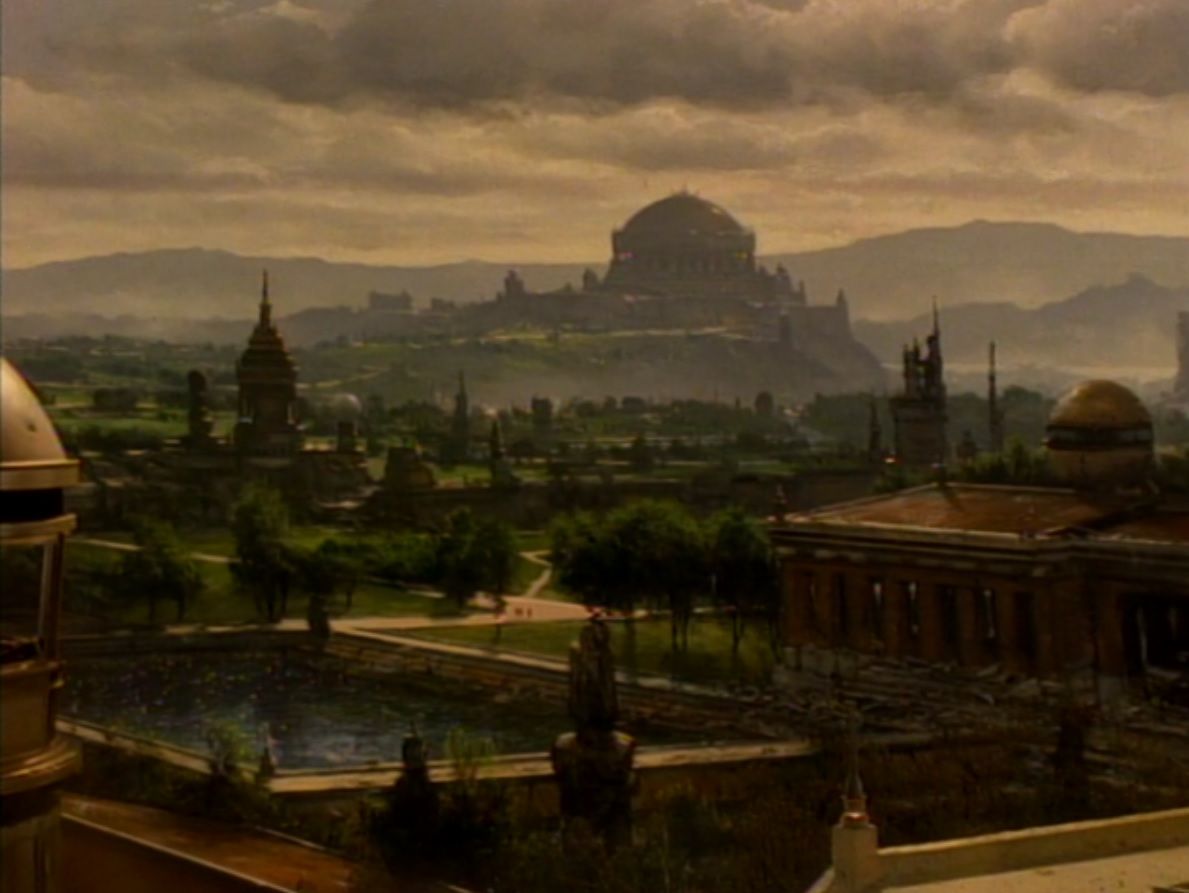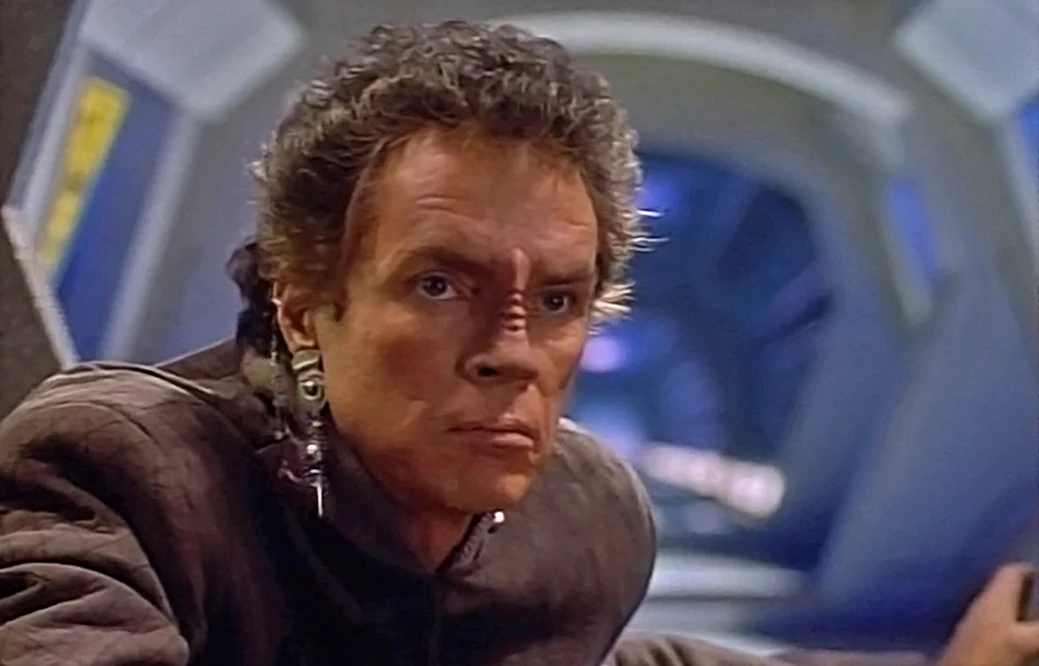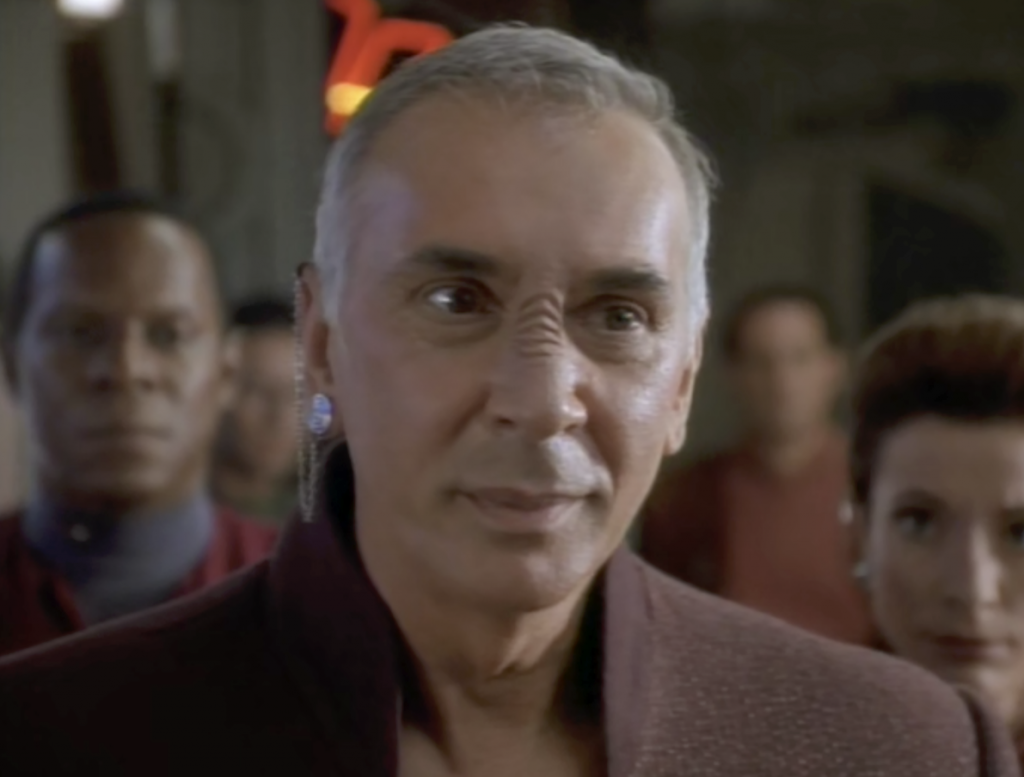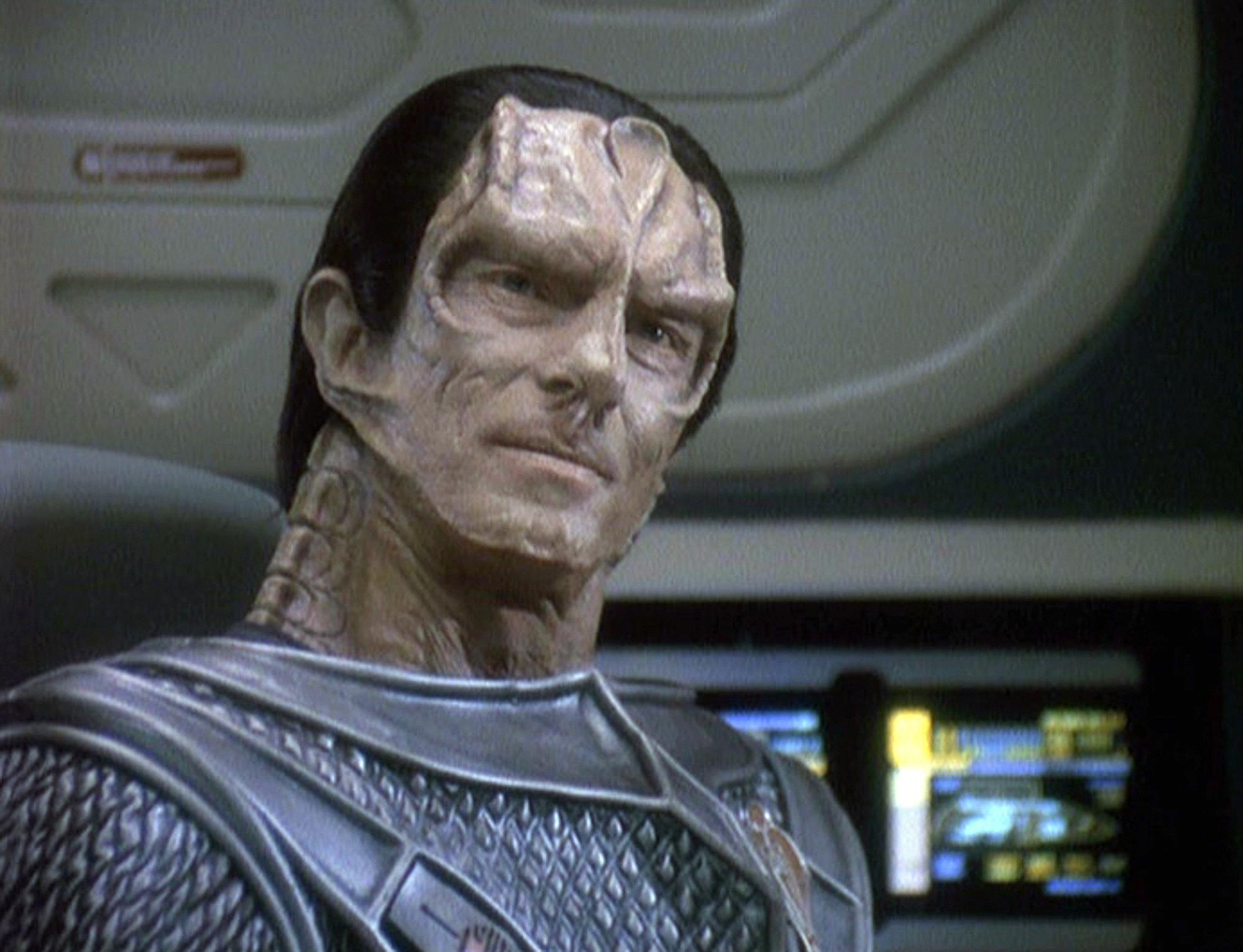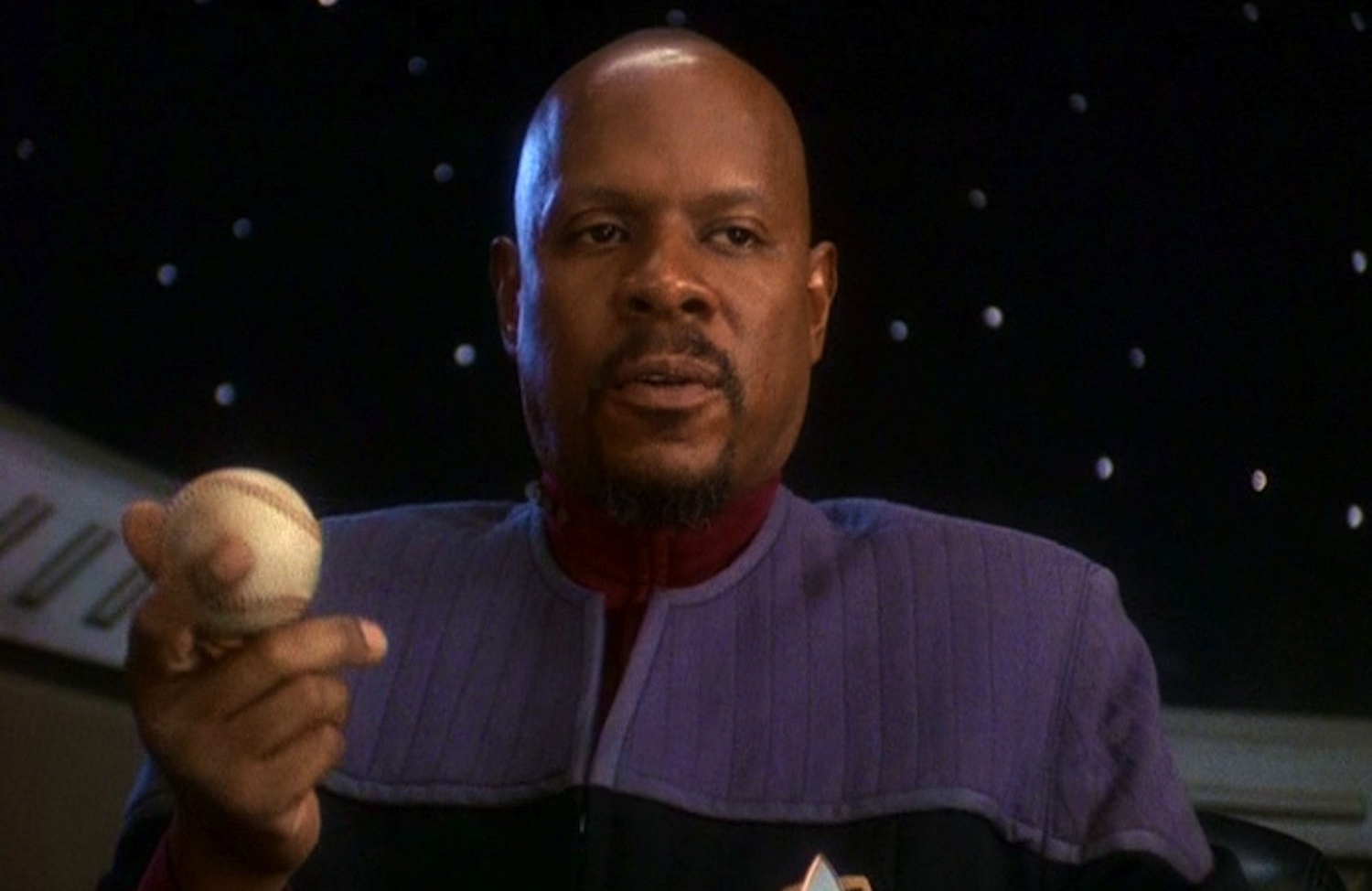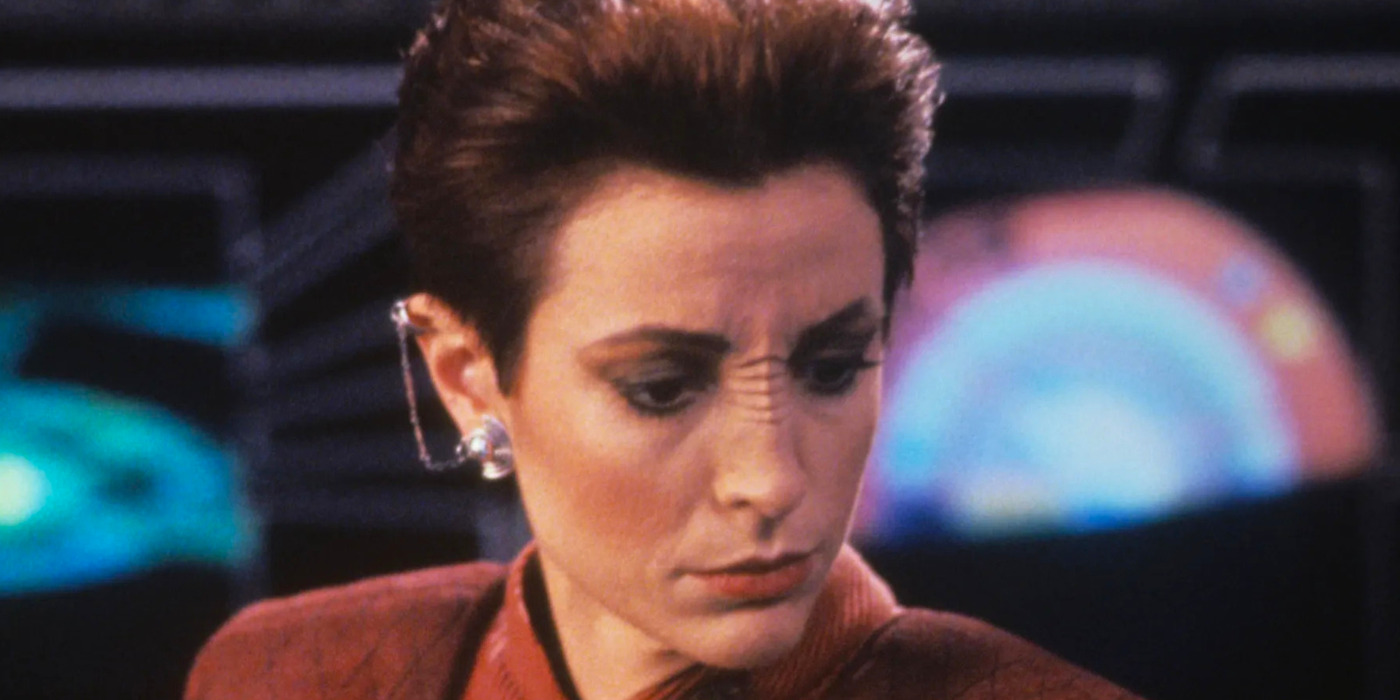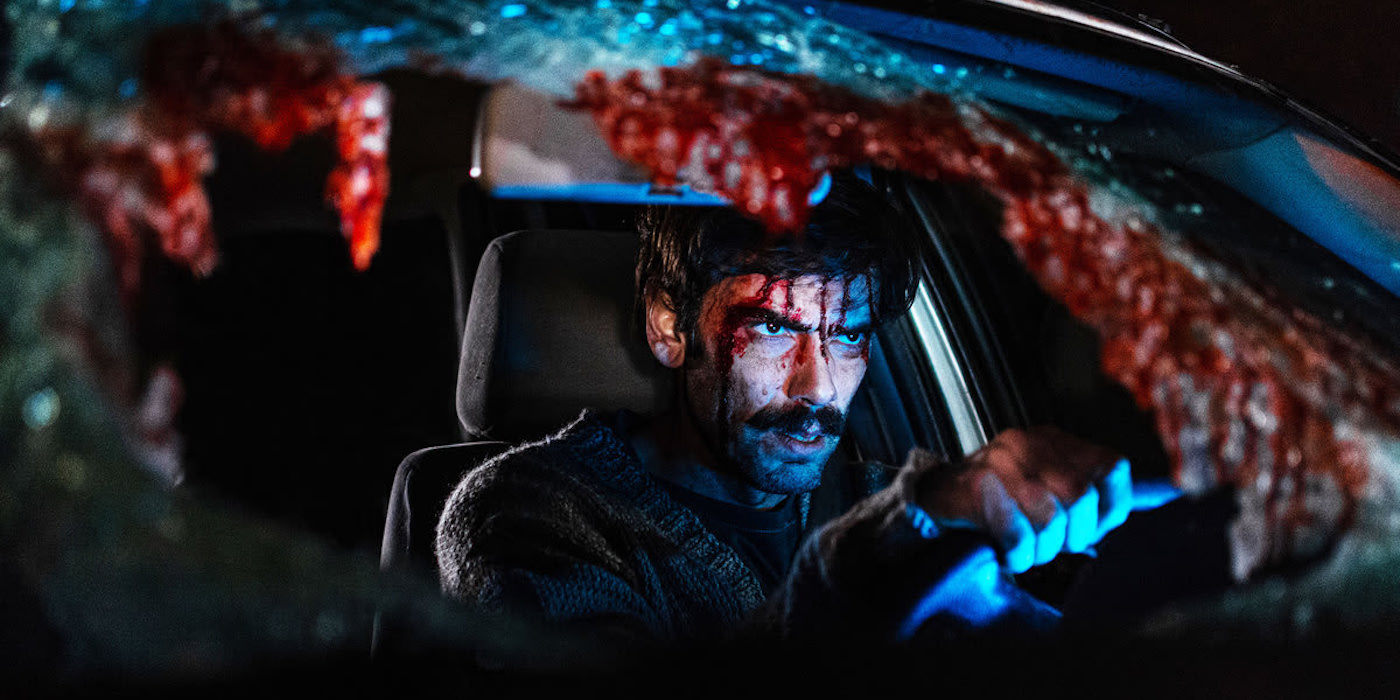‘Star Trek: Deep Space Nine,’ “The Circle,” and Destruction From Within
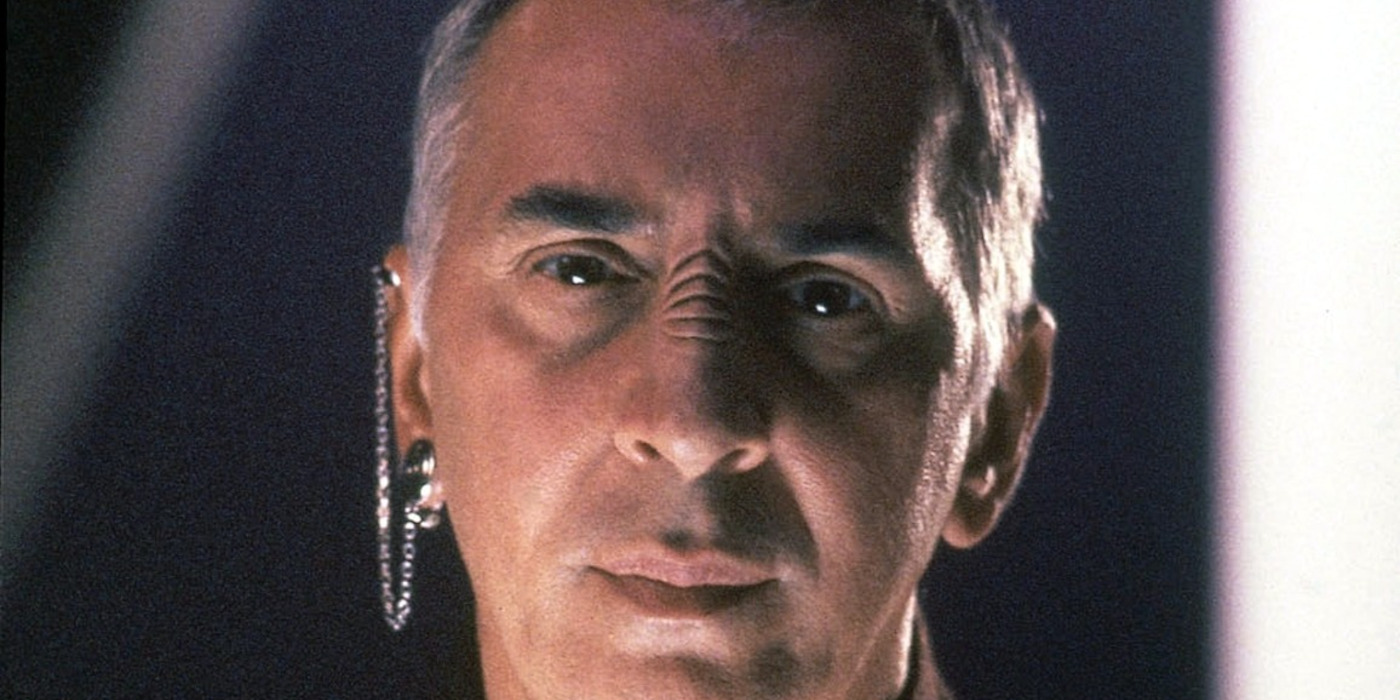

An internal conflict threatens to destabilize Bajor from within. As ever, Star Trek: Deep Space Nine remains incredibly relevant.
My primary job at Bell of Lost Souls is to write about Star Trek. And there is nothing I would love more than to be writing about all the cool, new things happening in that world right now.
Star Trek: Prodigy has a new home on Netflix! That’s exciting news! I would love to talk about what that means for both Star Trek and its fans. That Starfleet Academy series is set to begin filming in 2024! A new Star Trek show! How much would I love to write about that? I’d give almost anything.
But the world is burning. And everyone, regardless of what they can or cannot tangibly do to change things, is struggling with how to respond, or even just cope, with any of it.
It’s easy to lose perspective with so many horrific things happening but one of the best things about Star Trek is that sometimes it uses its storytelling to help us refocus and see our world more clearly. I have very little power. I suspect you are in the same boat. But what I do have is this platform–where I talk about Star Trek. And what we can all do as Star Trek fans is use stories from Trek’s past to help us contextualize what’s happening in the now and see our own world more clearly.
Let’s talk about Star Trek: Deep Space Nine and “The Circle”.
Star Trek: Deep Space Nine and Bajor
Star Trek: Deep Space Nine tackles a ton of subjects over the course of its seven seasons, but a lot of those topics filter through the planet Bajor. After 50 years of brutal, genocidal occupation by the Cardassians, the Bajorans suddenly find themselves free. The Cardassians, without much explanation, abandon Bajor, leaving both the world and its people in chaos.
How does a world whose citizens, by and large, don’t even remember being free rebuild? How can the Bajorans know who to trust and who not to as other worlds offer assistance? These questions are murky to start with and then they become infinitely more complex once the only known stable wormhole in existence appears on Bajor’s front doorstep. And it doesn’t get any easier when Starfleet Commander Benjamin Sisko becomes the Emissary to the Prophets, a religious icon on Bajor.
The Bajorans are right to be suspicious of the Federation when they take over the Cardassian space station Terok Nor and rename it Deep Space Nine. Yes, Starfleet can potentially help Bajor’s provisional government as it struggles to rebuild. But also the Federation faces conflict on multiple fronts and taking control of the wormhole gives them power. In short: the Federation has skin in the game and that keeps them from being completely trustworthy.
With all that as a backdrop, the second season of Star Trek: Deep Space Nine introduces an extremist faction on Bajor called The Circle who want Starfleet gone from Deep Space Nine as well as all non-Bajorans off of Bajor.
Li Nalas And Perception Vs. Reality
With the growing power of The Circle as a backdrop, the first major event in this story involves the rescue of Li Nalas: a Bajoran war hero during the Cardassian Occupation long thought dead. Li is being held prisoner on Cardassia 4. When Bajor’s liaison to Starfleet on Deep Space Nine, Major Kira Nerys rescues him, it alters Bajoran history–both its past and its present.
Li Nalas is held up as a war hero because he valiantly killed Gul Zarale, a Cardassian responsible for the massacre of half a dozen Bajoran villages. In actuality, Li happens upon Zarale while the Gul is bathing and essentially fires off a lucky shot. But his fellow freedom fighters rewrite history and use the myth of Li Nalas to inspire Bajorans to keep fighting.
Li Nalas as a symbol can be used both for good and ill. As it happens, Li does not agree with The Circle’s belief that peace can only exist through a Bajoran ethnostate. But for some, the myth of the hero who pushed Cardassia off Bajor is more important than the reality. Li, the man, says that extremism is not the answer, but Li, the myth suggests otherwise.
It makes sense to prefer the myth. After all, what would you choose to believe if you were a part of an occupied people who spent 50 years fighting and even killing to survive? Would you believe your fight was worthy and that those who survive are heroes? Or would you be willing to acknowledge the possibility that you got lucky? Cardassia may have left Bajor regardless. In which case, Bajoran freedom fighters may well have killed innocent civilians for nothing?
Regardless, applying lessons from the past can be dangerous when the past is perception, not reality.
Minister Jaro and the Circle
Li Nalas ultimately winds up gaining the title of Navarch and takes over Kira’s posting as a liaison between Bajor and the Federation on Deep Space Nine. The man responsible for this decision is Minister Jaro, who sees Li through the lens of his own aspirations. It’s good to have Li as a beacon of hope for Bajor, but it’s bad if he takes different positions from those Jaro holds.
To make matters worse, Jaro isn’t just a minister in the Bajoran provisional government, he is also the leader of the Circle. Jaro plans to remove Federation influence from Bajor. He intends for the Bajoran military to take over Deep Space Nine. And to maintain control through faith as well, he links arms with Vedek Winn, an orthodox leader within the Bajoran faith who also hates the Federation and craves power.
Jaro believes in his own mythos, even as he himself is writing it–and that is incredibly dangerous. While Jaro writes historical fiction in real time, the Circle begins a firefight not only on non-Bajorans, but also on its own people. The Circle may believe in their long-term goal of a free Bajor, but the only thing that’s certain in the here and now is that they are responsible for the deaths of innocents, Bajorans, and others alike.
And at no point does Jaro or the Circle question why they have the superior firepower that they do. They believe their weapons come from Kressari traders, but in actuality, the Kressari are only middlemen for the true war profiteers: the Cardassians.
The Federation, the Cardassians, and the War For Bajor
The Federation wants Bajor because they want the wormhole, not because they want peace for Bajor. And when it comes to Federation leadership back on Earth, all that matters is the bottom line. Is it worth staying on the station and fighting Bajor and potentially others? No. So Starfleet’s plan is to abandon Deep Space Nine even though to do so would create even more chaos on Bajor.
When Sisko, Kira, and the rest of the crew on DS9 realize the Cardassians are supplying weapons to the Circle, they see the horrific truth. The Circle can kick the Federation off the station and their world, but that leaves them wide open for the Cardassians to occupy Bajor all over again–and that’s just what they plan to do.
So Sisko splits the party. Most of his people stay on Deep Space Nine to hold the Bajoran army at bay. Meanwhile, Kira and Lieutenant Dax sneak back to Bajor with evidence of the Cardassian’s involvement in the hopes that they can sway the provisional government away from actually legalizing a Bajoran ethnostate.
In effect, a tiny group of freedom fighters, some from Bajor and some from Starfleet fight with all they have, which is the truth, to prevent Bajor from handing themselves back over to the very people who committed genocide against them in the first place. And the fight is not without its compromises and losses.
In the Hands of Man: Not Myth or Prophet
Even armed with the truth, victory is no guarantee. In fact, a Bajoran colonel within the invading party to Deep Space Nine refuses to believe Sisko or pass on his evidence when Sisko reveals the Cardassian’s plot. Similarly, Kira and Dax are nearly shot down and killed on their way to the chamber of ministers on Bajor. The myth is held more sacred than the truth–at least at first.
Eventually, Kira and Dax do find their way to the hall of ministers. The good news is that the evidence dissuades the government, ends the skirmish with the Circle, and takes Jaro out of power. The bad news is that the first person who accepts Kira’s information is the only person more powerful than Jaro–Vedek Winn. So while Bajor endures the moment, it is set up for a new danger in Winn down the line.
Back on Deep Space Nine, General Krim stands down as well, but not before Colonel Day attempts to kill Sisko. Before Sisko can be shot, Li Nalas leaps in the way and dies to protect the Emissary. But at what cost? Not only does a good man die, but so too does the chance that his truthful fight for peace could finally outshine the false myth of the man he never was.
How heartbreaking and how dangerous that a peaceful man like Li Nalas dies but Vedek Winn finds even greater power? The Cardassians may not be able to recapture Bajor now, but the door remains frighteningly open.
Who Can Bajor Look To Now?
Despite the victory, Major Kira Nerys feels profoundly defeated after Li Nalas dies. She sits with Sisko and the conversation between them is profoundly important:
Major Kira Nerys: Somehow you figured now that he was here… things would be better. You know, he’d… he’d find a way to make things better. Because he was a man who could do that – a great man. I wish I knew where we could find others like him.
Commander Sisko: Major, there are heroes all over Bajor. I’m sitting with one.
There’s a moment in this Star Trek: Deep Space Nine story where Kira sees a vision from her gods, the Prophets. In the vision, Kira stands among a throng of Bajorans. Kira can’t make out with they’re saying. She sees Minister Jaro who says, “They’re calling to me”. But then she sees her friend Vedek Bareil who says, “Don’t listen to him–they’re calling to you”.
Whether it is on the fictional world of Bajor or right here on Earth, the most terrifying times will always arise. And in those moments, history, faith, and community will always call for people like Kira Nerys, who don’t seek power or myth, but who fight instead against disinformation with a clear mind and with compassion.
And with above all else, the truth.

